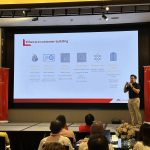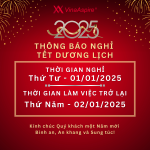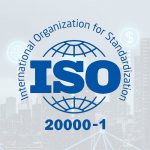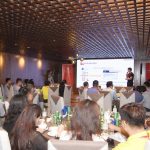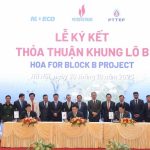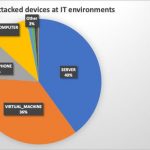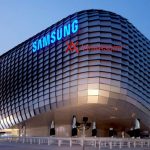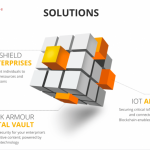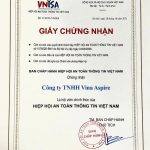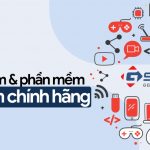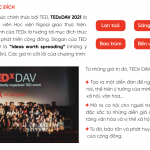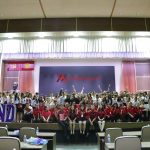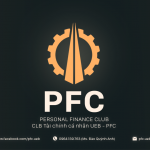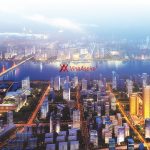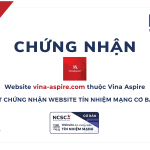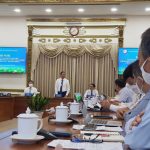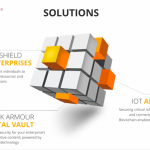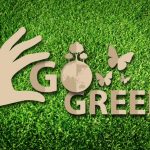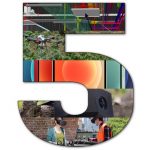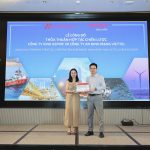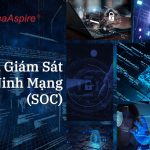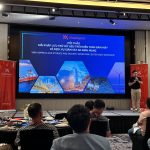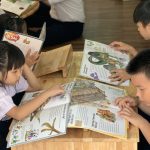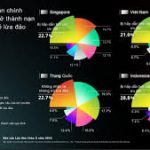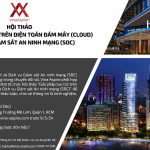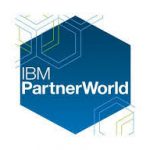In the trend of deep integration with the global economy, Vietnam is the only country that has a free trade agreement (FTA) with about 10 of the world’s largest economies. All FTAs have commitments on environmental and ecological safety standards for sustainable development. Therefore, applying the circular economy model in Vietnam is inevitable, ensuring full implementation of the commitment to sustainable development…
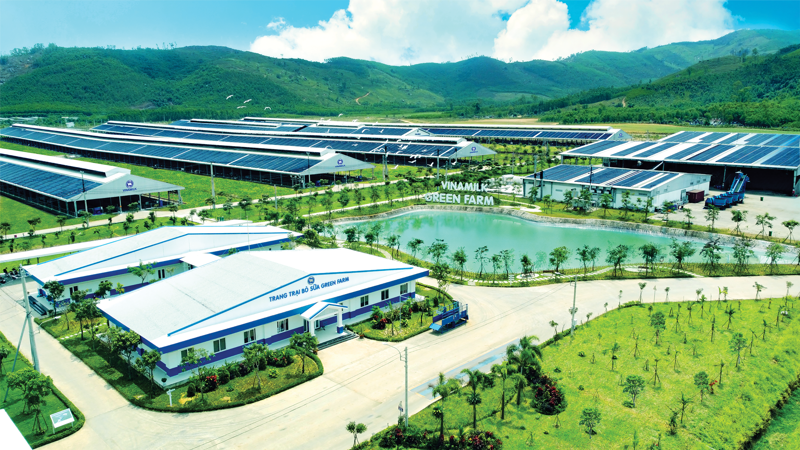
The global ecological environment has been facing unsustainable socio-economic development, natural resources are increasingly depleted, and environmental pollution is increasingly serious. Realizing these things, many countries have changed their development strategies towards a clean economy – a circular economy. Vietnam is not an exception.
Circular economy with outstanding advantages
As a developing country with a low average income, Vietnam is maintaining a traditional linear economy, meaning growth is still based on factors of extensive development, shifting to growth in depth. still slow. The production process still consumes a lot of raw materials and energy and produces a large amount of waste.
In 2021 alone, Vietnamese urban areas generate 38,000 tons of trash every day, with a collection and treatment rate of more than 85%; This number in rural areas is 32,000 tons/day and only about 55% is collected.
It is forecast that by 2025, Vietnam’s waste volume will reach about 100 million tons, including household, industrial and medical waste. The situation of untreated waste before being released into the environment has become an urgent problem for the Vietnamese Government’s environmental protection activities.
Faced with the challenges of natural resource depletion and environmental pollution, the concept of a new economy – the circular economy – is receiving the attention and support of many organizations and governments worldwide. This economic model aims to reuse raw materials, reduce material consumption, improve production efficiency and minimize environmental impact.
Linear Economy is a model that starts from resource exploitation as input to the economic system, followed by production, distribution, consumption and finally disposal.
Briefly, it can be said that this is the process of turning resources into waste, which will inevitably lead to resource depletion and environmental pollution.
Linear economy is no longer a sustainable model under conditions of limited resources leading to increased shortages of raw materials, pollution, demand for raw materials and growing demand for demanding products about environmental protection. Limited quantities of materials and dependence on a few suppliers lead to increased price fluctuations of critical materials.
According to data compiled by Bernice Lee and Felix Preston, raw material price fluctuations have increased since 2006. This not only causes difficulties for producers and raw material buyers, but also increases market risks and rising raw material prices in the long term.
The current “linear” approach to meeting demand (built on the basis of “take, make, waste”) has demonstrated its lack of sustainability. Businesses that depend on scarce natural resources will be at risk to maintain their current scale and grow. Linear economy has been causing pressures on resource depletion and increased emissions. Compared to 50 years ago, the world’s natural resource consumption has increased by 190%, according to Living Planet Report, 2018.

Meanwhile, the circular economy is a new economic development approach, aiming to connect the end of the process back to the beginning, even restoring and regenerating materials in at the end of each round of extraction, production, distribution and consumption, keeping the material in use for as long as possible.
In fact, circular economy is not a new concept but was introduced early in the 60s and 70s of the twentieth century by economists such as Boulding in 1966, architects and industrial analysts. like Stahel & Reday-Mulvey in 1976, which then went through many years of development and refinement. To date, the most widely recognized circular economy concept was introduced by the Ellen MacArthur Foundation at the 2012 Global Economic Conference.
Accordingly, the circular economy is a system that restores and regenerates through proactive planning and design. It replaces the concept of “end of life” of materials with the concept of recovery, shifting towards the use of renewable energy, away from toxic chemicals that compromise reuse and towards reducing Minimize waste through the design of materials, products, technical systems and business models within that system.
Thus, the nature of the circular economy is restorative and regenerative, with 3 basic connotations.
Firstly, conserve and develop natural capital through reasonable control of non-renewable resources and balance with renewable resources and renewable energy sources.
Second, optimize resource returns by recycling products and materials as much as possible in technical and biological cycles.
Third, improve the overall performance of the entire system by specifying and designing negative externalities (waste design, pollution design).
In the twentieth century, the concept of closed production was very popular in Vietnam, especially in the agricultural sector. At that time, the popular farming model was garden – pond – barn using waste from one activity as input for another. For example, organic waste from growing vegetables is used as animal feed for fish in ponds or for poultry and livestock living in barns.
However, in recent years, environmentally friendly production models like the above have received almost no attention. As an alternative to these models, the use of chemicals (fertilizers, pesticides) and the application of automatic farming machinery not only disrupt the natural cycle of raw materials but also create a lot of waste, even toxic waste is often released into the environment.
Vietnam needs to transition to a circular economy
Solid waste is one of the most serious environmental problems in Vietnam. According to a 2020 study by the Ministry of Natural Resources and Environment in collaboration with the International Organization for Conservation of Nature in Vietnam on consumer behavior of single-use plastics in 9 provinces and cities, Vietnam shows that generates about 22 million tons of household solid waste, of which 10% is plastic waste. The growth rate of household solid waste in the period 2021-2030 averages 6%/year.
Besides, the amount of waste and wastewater treated before being discharged into the environment is very small. By the end of 2020, there were 698 industrial clusters nationwide with about 12 thousand production and business investment projects. However, the number of industrial clusters that have environmental protection measures and waste treatment facilities accounts for a very small percentage; only 17.2% have centralized wastewater treatment systems…
Vina Aspire is a consulting company, providing IT solutions and services, network security, information security & safety in Vietnam. Vina Aspire’s team includes skilled, qualified, experienced and reputable experts and collaborators, along with major domestic and foreign investors and partners to join hands in building.
Businesses and organizations wishing to contact Vina Aspire Company with the following information:
Email: info@vina-aspire.com | Website: www.vina-aspire.com
Tel: +84 944 004 666 | Fax: +84 28 3535 0668
![]()
Vina Aspire – Vững bảo mật, trọn niềm tin
















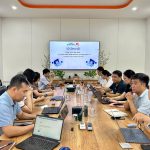
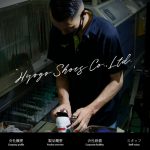
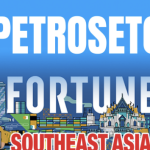





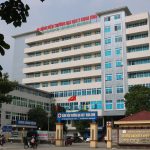


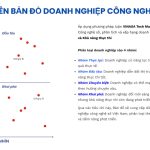



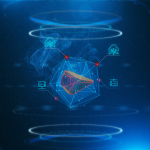
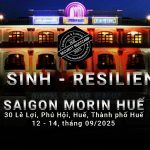
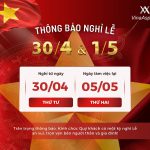

 VINA ASPIRE UNVEILS OFFICIAL BRAND AMBASSADOR MIRA – INTELLIGENCE. ELEGANCE. TECHNOLOGY.
VINA ASPIRE UNVEILS OFFICIAL BRAND AMBASSADOR MIRA – INTELLIGENCE. ELEGANCE. TECHNOLOGY.  A New Chapter Begins In an era defined by digital transformation, where cybersecurity, artificial intelligence, and enterprise…
A New Chapter Begins In an era defined by digital transformation, where cybersecurity, artificial intelligence, and enterprise…
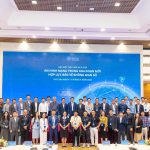
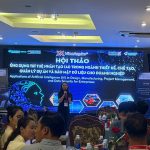


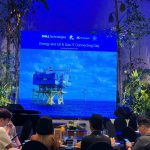




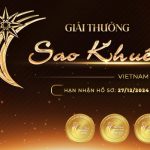


 …
…
